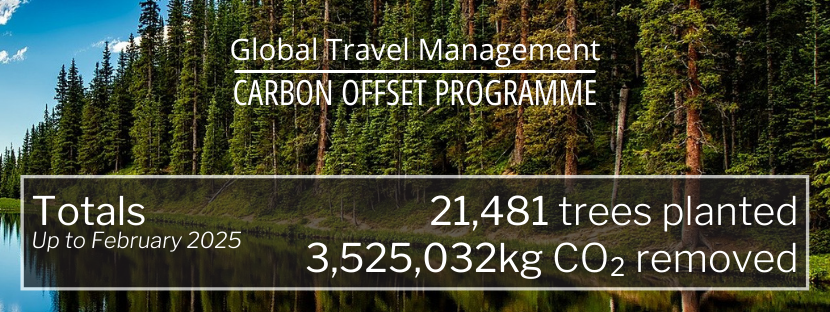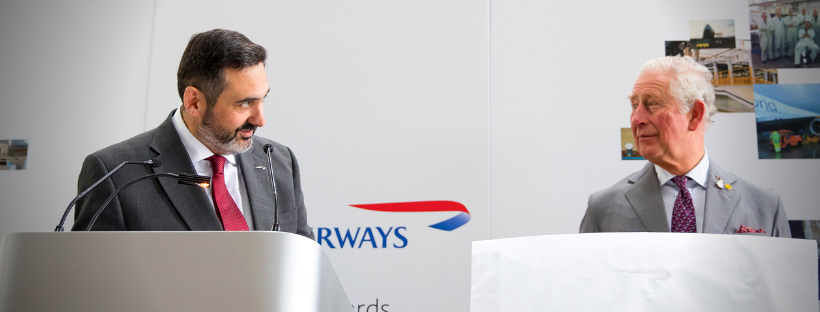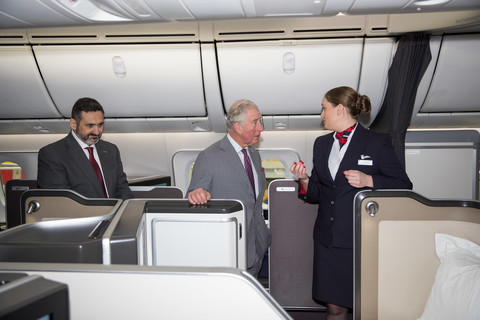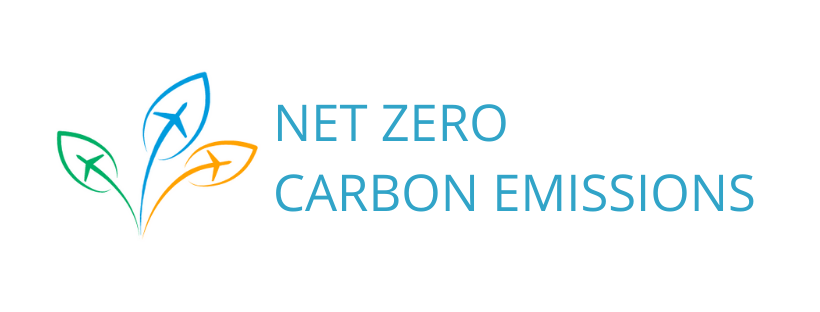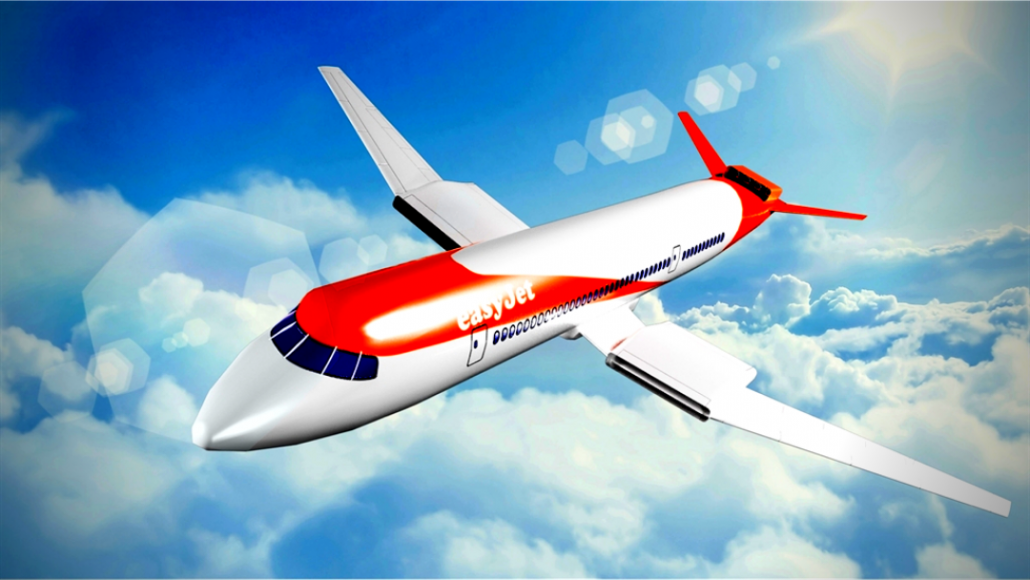We plant trees to offset carbon dioxide
Now more than ever, businesses are taking into consideration the relationship between travel and the environment. Corporates want to ensure they are acting ethically and responsibly, but at the same time, commercial pressures mean travelling remains a crucial fact of business life.
Catastrophe terminology like ‘climate crisis’, ‘#flightshame’, ‘climate emergency’ and ‘global threat’ are commonplace in media reports whenever climate summits or protests take place.
This is causing a change in consumer behaviour. Customers are now looking to do business with suppliers who take their environmental responsibility seriously.
Business is now won not just by competing on price and product, but by demonstrating awareness and leadership in the sphere of climate responsibility.
For this reason, small investments businesses make in order to demonstrate their climate leadership can produce returns in terms of publicity, goodwill and, of course, making a difference to the climate crisis.
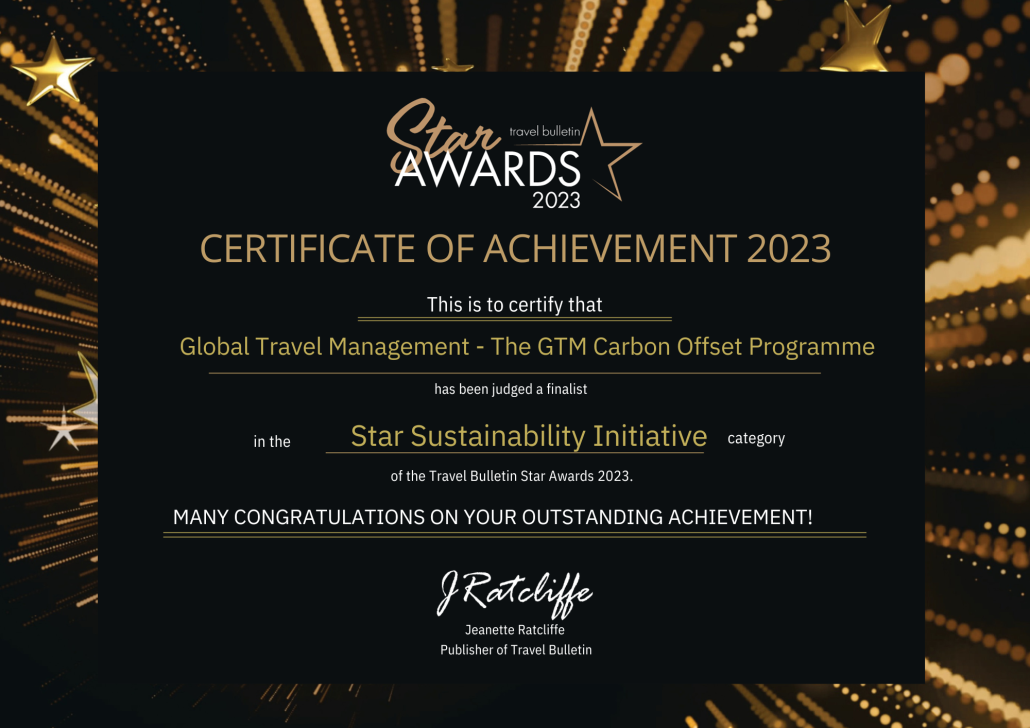
With this in mind, Global Travel Management has set up its Carbon Offset Programme, enabling corporate customers of any size to participate in a sustainable, low-cost, high-impact scheme to remove carbon from the atmosphere.

Carbon dioxide is added to the atmosphere by human activities. When we burn fuels like wood, coal, natural gas, gasoline and oil, carbon dioxide is released. During this burning, carbon from the fossil fuels combine with oxygen in the air to form carbon dioxide and water vapour.
Carbon dioxide in the atmosphere then traps heat and makes global temperatures rise.
Earth’s global average surface temperature in 2020 was one of the warmest years on record. As temperature levels rise, floods, droughts, storms and crop failures intensify.
To reduce these levels, in order to restore the planet’s natural balance we must slow down our consumption, cut our emissions or draw existing carbon out of the atmosphere.
Power generation, deforestation and road transport are among the worst offenders. Drawing existing carbon out of the atmosphere is a priority. It will require massive efforts from many different sectors, with a combination of approaches.
Travel is a comparatively small contributor, however travel has high value transactions where offsetting is a relatively small percentage of the transaction value. That gives travellers a great opportunity to demonstrate leadership in the battle against unsustainably high carbon dioxide levels.

As trees grow, they absorb and store carbon dioxide emissions, then release oxygen into the air.
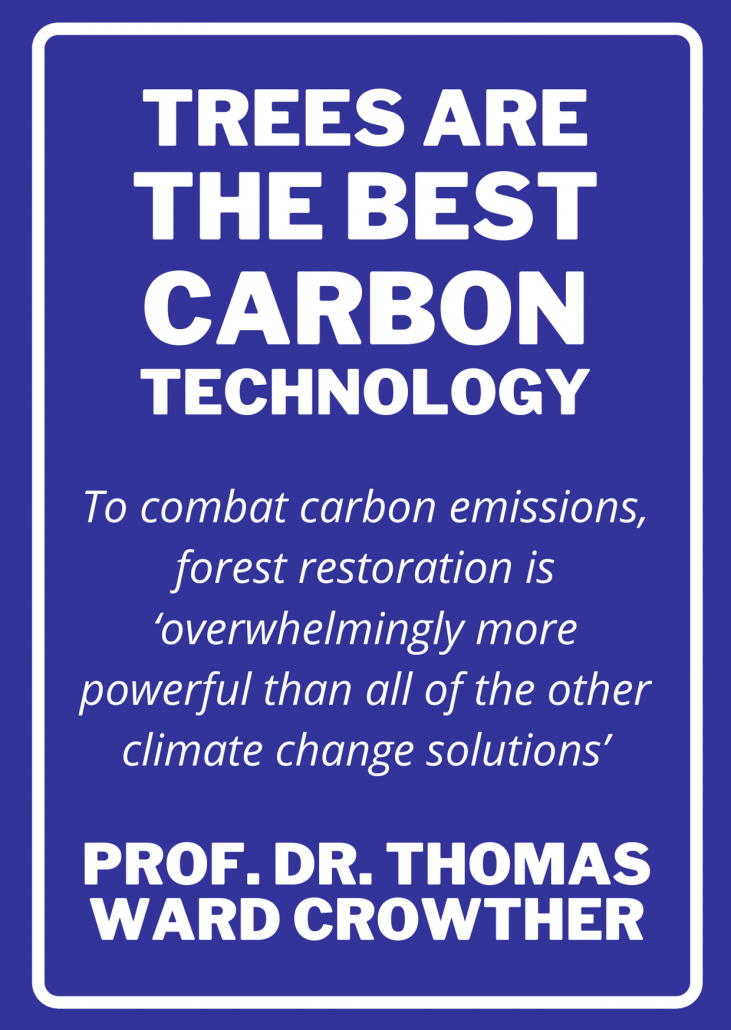
It is estimated that 12,000 years ago there were 6 trillion trees on Earth.
Today, there are only about, 3 trillion.
Yet, despite human activities, agriculture and urbanisation we still have 900 million hectares of tree restoration potential in the world.
Currently, tree planting is considered to be one of the most cost effective methods of offsetting carbon dioxide. Scientists know of no other current carbon drawdown solution that is quantitatively as large in terms of carbon capture.
Trees clean the air by absorbing harmful carbon dioxide; help to filter the water we drink; provide habitat to over 80% of terrestrial biodiversity; provide jobs to over 1.6 billion people; provide key ingredients in 25% of all medicines; provide fruit, nuts, berries and leaves for consumption by humans and animals; and help support the welfare of local communities.
In short, planting trees is the best, most sustainable, effective way for humans to counteract the damaging effect of carbon dioxide emissions.

Each time you travel on business, we calculate the carbon dioxide emissions from your flights.
We use a combination of calculations, based on three protocols.
- DEFRA The Department for Environment, Food and Rural Affairs – UK. The government conversion factors for greenhouse gas reporting are for use by UK and international organisations to report on greenhouse gas emissions.
- GHG Protocol The Greenhouse Gas Protocol Corporate Accounting and Reporting Standard provides calculation tools, requirements and guidance for companies and other organisations preparing a corporate-level GHG emissions inventory.
- IPCC The Intergovernmental Panel on Climate Change is the United Nations body for assessing the science related to climate change – 195 member countries.
This gives us a calculation showing the mass of greenhouse gas emission in kg.
We then show you how many trees would need to be planted in order to absorb that mass of greenhouse gas, over the course of a ten-year lifecycle.
We provide a cost per tree for sourcing, delivering and planting those trees. And we provide you with the details of the the trees you have purchased to offset your trips.
In this way, the total greenhouse gas emissions for each trip will be offset by carbon sequestration – that is, the absorption by the trees of carbon dioxide.
You can choose to offset the emissions for a single trip, or arrange to buy trips on a quarterly basis to offset all of your business travel over that period.
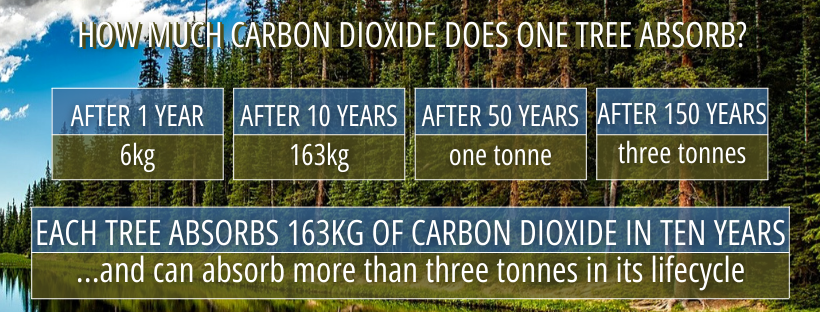


Co-founders of Trees4Travel Nico Nicholas (top) and Elkie Nicholas
The Global Travel Management Carbon Offset Programme is provided in partnership with Trees4Travel Ltd.
Trees4Travel is a business set up by founders Nico and Elkie Nicholas who, together with their team want to do good and make a difference to the world.
The Trees4Travel team organises, manages and oversees the full project of buying, distributing and arrange the planting of saplings within carefully-managed forestry projects in Europe, the Americas, Asia, Australia and Africa.
The newly-planted saplings are watered and maintained and the Trees4Travel team visits, photographs and films them, on-site.
You can find out more about Trees4Travel here.


Trees4Travel@gtm.uk.com
If you would like to start offsetting your business travel carbon emissions, or would just like to know how much it would cost, we can walk you through the process.
Global Travel Management managing director, Scott Pawley explains;
When corporate clients talk to me about offsetting their business travel carbon emissions, there are usually two questions they want answers to. First, ‘how much is it going to cost?’ And second, once I have shown them the costs, ‘how do I start?’
The first thing we do is analyse the last full year’s flights the corporate has taken. We look into the class, departure and arrival cities, type of aircraft… everything we need in order to ascertain a measurement, within the Defra guidelines, of greenhouse gas emissions.
Once we have analysed and produced that figure, we can show it as a total mass, in kilograms of GHG – greenhouse gas.
This figure is then used to determine how many trees would need to be planted to offset that amount of carbon over a ten-year lifecycle of the trees. And we show the cost to plant that number of trees. It’s as simple as that.
When a corporate agrees to buy the trees, our partners at Trees4Travel take over. They source, acquire, ship and arrange planting of the saplings. These are taken care of by the local forest management organisation. At the end of each year, Trees4Travel then provide a running total of the numbers of trees planted for the corporate along with the mass of GHG those trees have absorbed.
Scott explained an offer he can make:
I would like to show you how little it would cost for you to offset the carbon emissions from your business travel. Drop me an email on the address below and I will analyse your business travel carbon emissions and show you how many trees you would need to buy. I think you will be pleasantly surprised.
To find out how many tress you would need to plant to offset your business travel carbon emissions, start by dropping us an email here Trees4Travel@gtm.uk.com.
Scott added:
We all need to leave a legacy of for our children’s futures. What better way than to make a significant, positive impact to the environment, so that we leave the planet better than how we found it?

